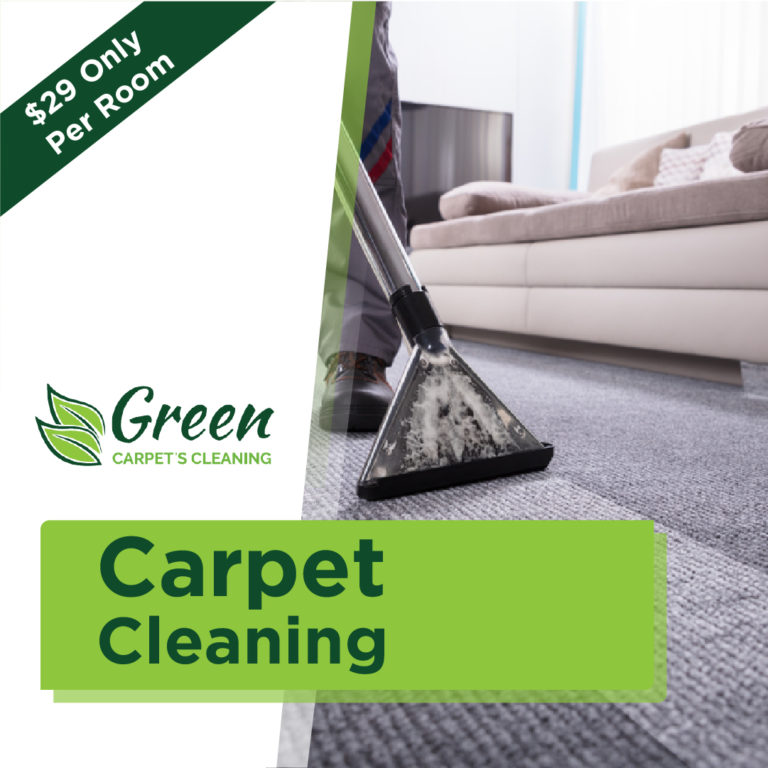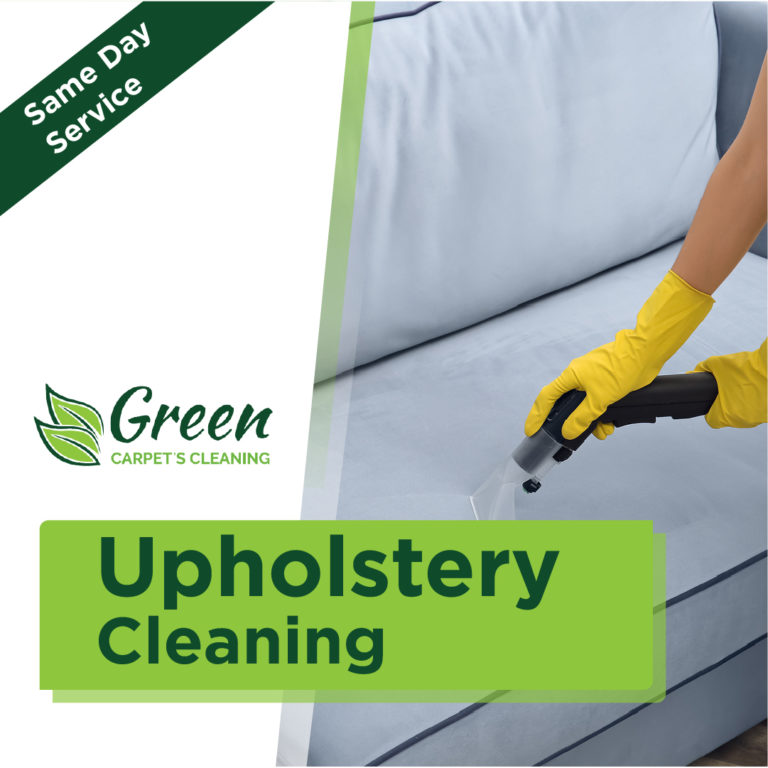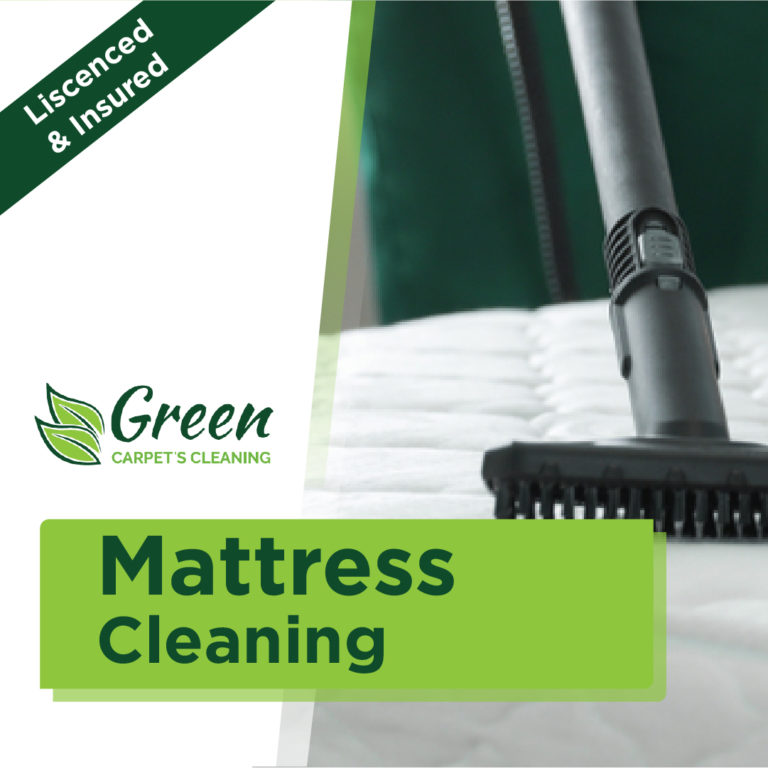Types of Upholstery Fabric
Natural Fabrics
Upholstery Cleaning in Livermore — Natural fabrics are produced from natural fibers that come from animals or plants.
Chenille
Chenille’s soft surface pile inspired its name — it is the French word for”caterpillar.” Its weft threading gives it a nap that is distinctive. It may also be made from synthetics such as rayon, although chenille is often made of natural fibers.
Cotton
Cotton furniture upholstery is usually a mix, combining this trendy, breathable natural fiber using linen, polyester, nylon, etc., for added texture, strength, or resistance to wrinkling.
Jute
A fiber produced in India and Bangladesh, jute was traditionally used for rope and matting. Though prone to wrinkling, it is a fantastic material for contemporary rustic accent pieces like an ottoman, including a somewhat rougher texture that pairs well with wood and/or leather.
Leather
Leather upholstery can vary greatly in quality and price, depending on therapy and its grade.
Full-grain leather: natural marks or imperfections are left undamaged, and Full-grain leather employs layers are hidden instead of by the animal. This is the top notch, highest-quality leather.
Top-grain leather leather employs the strong layers of the animal hide and is second in quality only to grain that is full.
Corrected-grain leather: Corrected-grain leather has been treated to remove imperfections and then awarded an imitation grain for a uniform look.
Split leatherSplit leather is composed of the drop or underside rest of the mask. With bycast/bicast leather, a synthetic surface layer is laminated to the surface.
Linen
Linen is a very strong cloth fiber. It’s a smooth, soft, and obviously lustrous fabric that offers immunity and durability to moths, pilling, and abrasion. It’s often used with cotton for increased elasticity. Neatly tailored bits such as parsons chairs, traditional dining chairs, and tufted arm chairs offer a fantastic look for linen.
Silk
Luxurious and soft feels in formal settings and is kept to zones that are kid-free/spill-free. Silk is backed with cotton to add weight and durability and comes from both artificial and natural varieties. Sunlight can cause this fabric to fade thus think strategically about where you put a silk upholstered piece.
Velvet
Velvet is a lavish woven cloth distinguished with its thick and short pile. This soft and lustrous material can be made from synthetic or natural fibers and changes in quality and type. Though relatively hard to clean, velvet stands out for its comfort, texture, and rich color, making it a preferred alternative for dramatic pieces such as traditional button-tufted headboards and earthy accent seats.
Wool
Most wool you find on accent and sofas chairs now is actually a combination of synthetic and natural fibers. The addition of synthetic substances assists the fabric stand up better to wear and makes it much easier to clean.
Synthetic Fabrics
Synthetic fabrics known as engineered materials, are fabrics produced to natural fibers. Fabrics tend to be much more durable than natural fabrics and are more resistant to staining and fading.
Faux Leather
Faux leather is typically manufactured from polyurethane to plastic or PVC. PU is more watertight than PVC, and it’s also degradable.
Microfiber
Microfiber is a knit blend polyester cloth that is thicker than suede plus a great deal easier to clean (just remember to dab instead of rub). This dense substance is made from woven fibers, providing real suede’s aesthetic qualities to durability and moisture resistance. This cheap fabric is ideally suited to chaise sectional, lounges or convertible sofas, and casual chairs in a modern style.
Nylon
A synthetic fiber, nylon is usually mixed with other substances to create a strong and durable material. It is typically easy to maintain and isn’t prone to wrinkling.
Olefin
Olefin is a material that is made from melting down plastic pellets. Any desirable color is added and the threads are woven together. Since the colours are baked in rather than added to the surface, olefin tends to maintain its color and may be cleaned with bleaches. This durable cloth is great for upholstery.
Polyester
First introduced in the 1950s, polyester is a fabric which does its very best work in tandem with natural materials such as yarn and cotton. Polyester blends give excellent durability cleaning, and resistance to fading, wrinkling, and abrasion — and much less pilling, in the instance of polywool mixes.
Rayon
This material was created to mimic fabrics like cotton and linen. It blended with other kinds of threads to make a material that is appropriate for upholstery.
How Often You Should Have Your Upholstery Cleaned in Livermore
Upholstery Upkeep in Livermore














